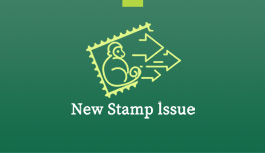Postal Business: 8610 11185
Postal Savings: 8610 95580
Logistics and EMS: 8610 11183
China Post Life: 8610 4008909999
The opening ceremony of “The Palace Relics on Stamps: Special Stamp Exhibition on the Theme of the Palace Museum”, co-sponsored by the Palace Museum and China Post Group Corporation Limited (China Post Group), and jointly organized by China National Philatelic Corporation and Beijing CHINAU Network Technology Co., Ltd., was held in the Hall for Abstinence (Zhai gong) on May 17. The ceremony was attended by Mr. Huang Mengfu, Vice Chairman of the 10th and 11th National Committee of the Chinese People's Political Consultative Conference, Mr. Lou Wei, Deputy Director of the Palace Museum, Mr. Kang Ning, Vice President of China Post Group, other leaders from China Post and the Palace Museum, artists, scholars, designers of the stamps on the theme of the Palace Museum, philatelists, and other guests.
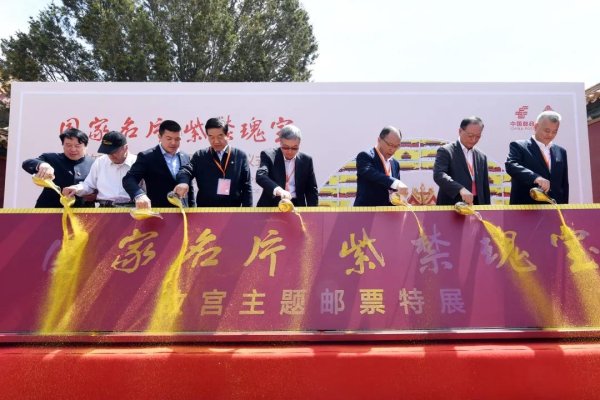 |
The exhibition is open to the public in the Hall for Abstinence (Zhai gong) from May 18. By displaying the stamps issued after the founding of the People’s Republic of China on the theme of the Palace Museum and the corresponding collections of the Museum, it is to demonstrate China’s achievements in the protection of cultural relics and in culture promotion, thus paying tribute to the centennial of the Communist Party of China (CPC). This is the first culturally themed exhibition jointly held by the Palace Museum and China Post.
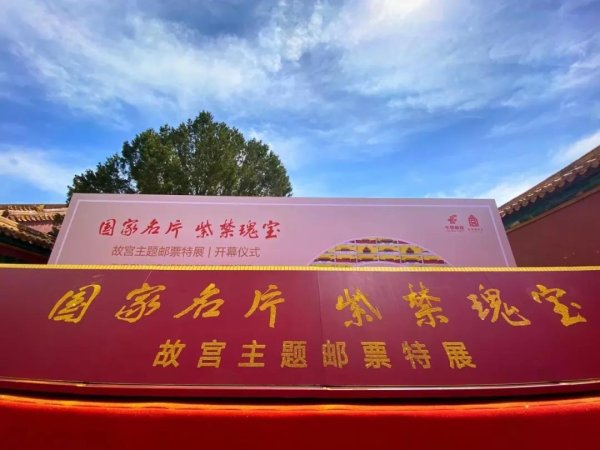 |
The biggest highlight of this exhibition is that the stamps and their corresponding cultural relics appear simultaneously, endowing historical relics with modern lusters. While displaying both the Forbidden City culture and the stamp culture, the exhibition, empowered by science and technology, enables visitors to interact with the exhibits, thus offering the experience that those cultural relics and the stamps “come alive”, which facilitates to promote Chinese culture and build stronger cultural confidence.
 |
In the exhibition, altogether 56 sets of 1732 stamps (including 52 sets of 1590 Palace Museum themed stamps), 54 essays and other rare exhibits as well as 13 jointly issued first day covers are on display, along with 25 pieces of collections from the Museum, covering works of calligraphy art, paintings, jade ware, enamel vessels, bronze ware, porcelain, ancient furniture and other categories, going nicely with the stamps of the same theme.
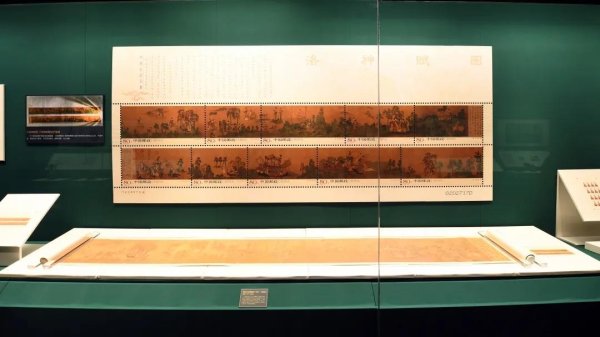 |
The entire exhibition is divided into 4 sections, i.e. My Motherland, the Forbidden City, Museum Collections, and Stamps for Cultural Transmission.
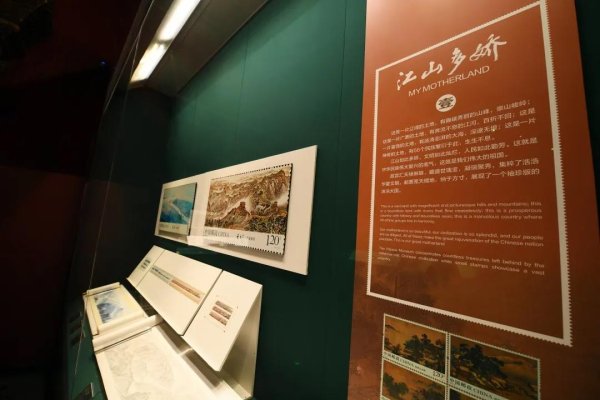 |
In the first section “My Motherland”, theme special stamps with symbolic significance, such as The Yangtze River, The Great Wall, Huangshan Mountain, and The Yellow River, are selected to show the magnificent landscape of China. Matching with the videos showing the museum collections such as Landscapes of the Four Seasons (Sijing shanshui tu), The Five Famous Mountains (Wuyue tu) and A Thousand Li of Rivers and Mountains (Qianli jiangshan tu), this section demonstrates the rich sources of vitality and strength of China.
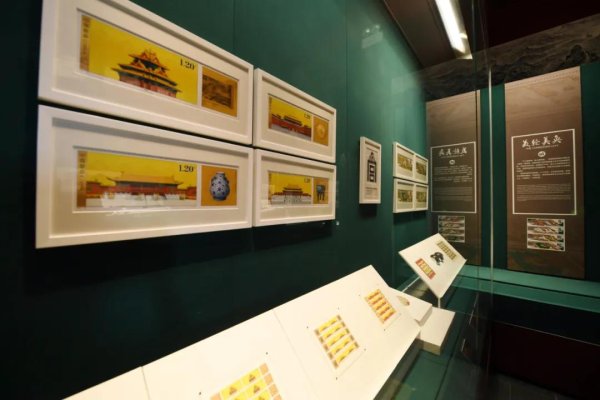 |
The second section “The Forbidden City” features the stamps on the theme of the main buildings of the Forbidden City. Together with the original essays of the stamps, the engraved proofs, videos about ancient buildings of the Palace, this section is to reproduce the architectural charm of the Forbidden City.
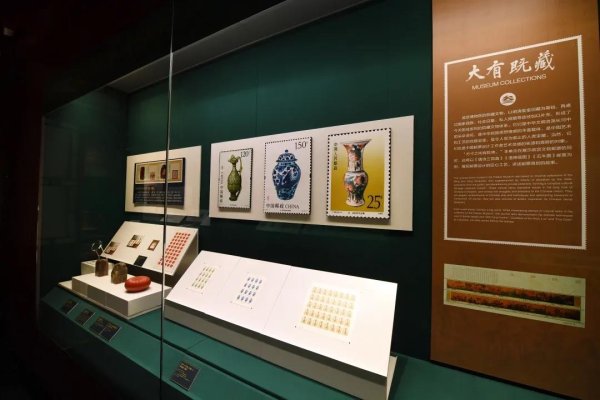 |
In the third section “Museum Collections”, special stamps and their corresponding museum collections are framed together, among which the most prominent is the newly issued Five Oxen and the original painting, reflecting the whole process from the real cultural relics to stamp design, engraving and printing, thus revealing the technology in stamp printing.
 |
Focusing on the theme of the Forbidden City on stamps jointly issued by China and other countries, the section “Stamps for Cultural Transmission” presents the role the cultural relics of the museum and the stamps of China Post have played in diplomacy, cultural exchanges and other events of the CPC and the state, reflecting the ever-lasting vitality of Chinese civilization accumulated through its inclusiveness.
Postage stamps have always had a deep connection with the Palace Museum. In 1953, the corner tower of the Forbidden City, which embodies the superb skills and outstanding talents of ancient Chinese craftsmen, first appeared on a stamp. In 1982, fan paintings of the Ming and Qing dynasties collected in the Palace Museum became the first cultural relics appeared on stamps. Since then, more and more ancient buildings and collections of the Museum have become the favorite theme for stamp designers. In 1998, special stamps showing the Hall of Supreme Harmony (Taihe dian) and the Louvre were jointly issued by China and France, which opened a new chapter for the Palace Museum to showcase and spread Chinese culture on the world stage. In 2003, the Palace Museum Post Office officially opened in the Forbidden City. The Palace Museum and China Post have been maintaining a long-term friendship and cooperation.
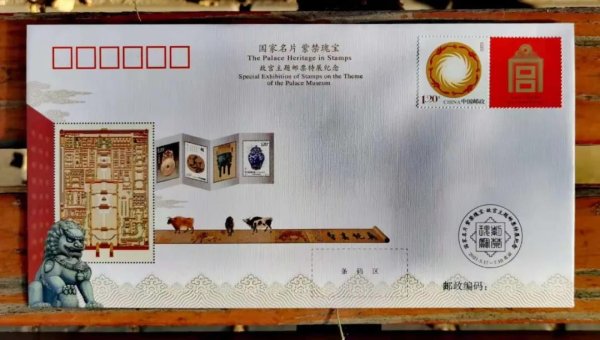 |
To celebrate the opening of the exhibition, China Post particularly issued a Five Oxen miniature sheet with special caption, and a souvenir cover with limited circulation were released by China National Philatelic Corporation. The interested public can purchase their favorite products and learn more about the exhibition as well as the special cultural and creative products by following the WeChat official account of China Philately, its online flagship store on JD, and the online mall of the Palace Museum Post Office.



